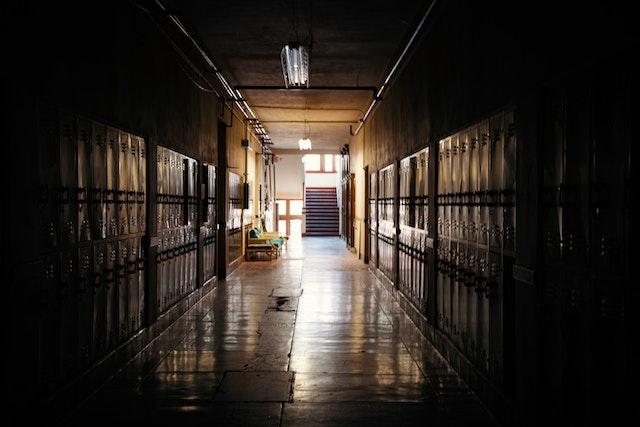
School security audits are a vital strategy in today’s campus environments in order to ensure the safety and security of students and staff at public and private schools across the country.
A comprehensive audit provides school administrators and personnel the extra resources needed to properly assess and determine what actions need to be taken to increase security and meet the expectations of parents, public safety officials and the local community.
The evaluation process during a security audit is a critical component in providing school staff with site-specific safety recommendations and best practices to enhance school security.
During the school security auditing process, the auditor or team of security experts examine many different areas that make up the school’s campus environment, such as bus and transportation issues, open areas, halls and stairwells, restrooms, cafeteria, high value equipment rooms, visitor access, student and staff identification lighting issues, classrooms and instructional areas, media centers and libraries, science and technology laboratories, portable classrooms, gyms and playgrounds, and many other areas as well.
Auditors will also examine the procedures that are currently being implemented at each campus site to determine what security gaps exist and to fill those gaps with best practices and ensure they are being followed. In many cases this may involve follow-up visits and staff training sessions.
Other procedures that may be reviewed include school incident reporting systems and mapping, risk reduction programs, key control procedures, student and staff identification, emergency preparedness planning, and CPTED (crime prevention through environmental design).
In many school districts where just limited school security audits have been conducted, security auditors discover and suggest simple and easy to implement procedures to adopt that can prevent many of the tragedies seen in today’s headlines.
Too often opportunities to prevent school security breaches have been overlooked due to an over-emphasis on security hardware and technologies without addressing the behaviors and security practices of students and staff, which play a role that is just as important, if not more important, than technology infrastructure.
